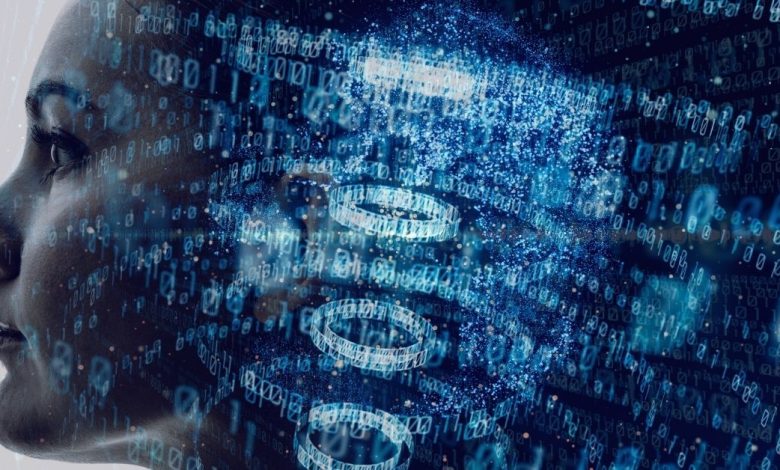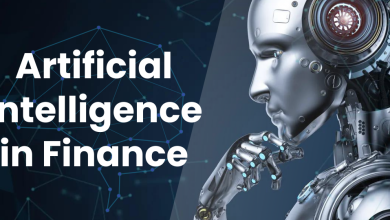
The story of intelligence, both human and artificial, is, at its core, the story of how we build meaning through collaboration. When I first stepped from academia into the domain of blockchain technology, I recognized the same philosophical pulse that had shaped my earlier academic research on Manuel Rivas: an exploration of how literature can function as an act of resistance, memory, and identity reconstruction, especially in post-dictatorial or historically silenced contexts. In particular, this parallel emerged in my 2012 article “Re-Defining Art: Manuel Rivas’ Mujer en el baño.” The same dialectic between the human and the machine, the local and the global, the real and the imagined, continues to resurface today. In literature, this tension gave rise to postmodernism; in technology, it defines the current frontier of artificial intelligence.
Every revolution eventually meets its own limits. For artificial intelligence, the frontier is no longer code or creativity, but compute. Jensen Huang, Nvidia CEO, warned in early 2025 that the next generation of reasoning models could require “one hundred times more compute” than today’s largest systems. This statement exposes a structural and systematic dependency that ties the evolution of intelligence to the concentration of power. As with the empires of old, innovation is once again becoming centralized, gated by those who can afford it.
Yet every center, inevitably, invites its periphery, the outer layer that looks inwardly. The emergence of decentralized compute, from Akash Network to Aethir , are reconfiguring the geography of intelligence. A 2024 report by Reflexivity Research outlined these networks as “permissionless GPU markets,” open systems where unused computing power can be repurposed, shared, and traded. Their ambition emulates the early utopias of the internet: the belief that knowledge, and now computation itself, can circulate freely. In academia, similar visions are being formalized. The Ratio1 project, published on arXiv in September 2025, proposes a meta-operating system for distributed machine learning; Lattica (October 2025) extends this logic to create secure cross-network inference frameworks. And yet, as researchers at the MIT Media Lab observed in their 2025 symposium on decentralized AI, the challenges of verification, delays, and reliability remain. We are still searching for the infrastructure of trust that can match the promise of openness.
If decentralization aims to democratize the body of AI, its infrastructure, then agentic systems seek to reimagine its soul. Artificial intelligence is shifting from being a passive instrument to a co-worker, an interlocutor, or even being seen as a partner. Microsoft’s Work Trend Index 2025 speaks of “Frontier Firms,” organizations where AI agents operate as digital colleagues rather than tools. These agents don’t merely respond; they act, learn, and adapt. They occupy that in-between space, the liminal territory that philosophers like Walter Benjamin or later postmodern theorists recognized as the site of creativity: the montage where fragments acquire meaning through relation.
In this new montage of human and machine, collaboration becomes the essential art form. Studies published in Frontiers in Human Dynamics describe “centaur models,” summoned by the collaboration between humans and AI engines, an alliance where intuition and computation converge. The centaur, half human and half algorithm, is more than just a metaphor: it is ideally a prototype of tomorrow’s hybrid workforce. Across industries, we see this happening in situ. In medicine, AI is already pre-analyzing data so that doctors focus on interpretation. In marketing and design, products like Canva can generate endless iterations or images and layouts that humans refine into meaning. In all of these examples, what emerges is not the replacement but a co-creation of a piece of work through combined intelligence. Nonetheless, as it multiplies, it also disperses. A new postulation has entered both academic and technological vocabulary: the Agentic Web. Defined in 2025 as “the network of interoperating AI agents capable of communication and negotiation”, it echoes the cosmopolitanism that Manuel Rivas evokes in literature, a world where multiple voices, previously marginalized, coexist and converse. The open-source protocol developed by Anthropic, the Model Context Protocol, formalizes this idea: it allows agents to discover, speak, and reason together. Decentralized projects such as Fetch.ai or SingularityNET imagine marketplaces for these digital entities, where autonomous systems exchange services as humans once exchanged labor. The implications are profound. Intelligence, once private and monolithic, becomes modular, composable like language itself. Each agent, like each word, holds meaning only through relation. The architecture of tomorrow’s AI will resemble less a cathedral and more a city: plural, noisy, self-organizing, yet capable of great coherence.
Still, as the Linux Foundation reminded in its 2025 white paper on Shaping the Future of Generative AI, this multiplicity demands governance. The more autonomy we give our creations, the more we must invent new forms of verification. Techniques such as verifiable computation and zero-knowledge proofs will soon play the role that morphology and syntax play in literature, invisible but essential structures of coherence and accountability. In business terms, this shift represents not a technological upgrade but an epistemological one. A clear distinction between justified belief and opinion will decide a before and after. The competitive advantage of the coming decade will not hinge on who trains the largest model, but on who orchestrates the most meaningful collaboration between humans and machines. Companies that design clear interfaces, that know when to let agents act and when to let humans interpret will thrive. The question will no longer be Can the model predict? But can the system understand? Can it care about truth, fact, and unbias, can it refute?
Such collaboration demands humility. It asks us to see intelligence not as something we own but as something we share, something we have shared for as long as humanity has existed, a commons. Decentralized compute makes this literal; agentic architectures make it experiential. Together, they suggest a future where knowledge and agency are distributed across networks, not confined within institutions. This democratization, however, also returns us to an older anxiety: how to preserve meaning in an age of multiplicity. The answer, I suspect, lies in narrative, in our ability to frame these technologies within human stories. Just as literature once absorbed the shock of modernity by giving chaos a form, our current task is to give the polyphony of artificial intelligence a voice that still sounds human.
The early twenty-first century is defined by convergence: between art and code, memory and data, imagination and infrastructure. We are building a new aesthetics of collaboration; one where intelligence is both collective and distributed, grounded and transcendent. In this sense, AI is not replacing the human but extending it. When Jensen Huang speaks of “100x compute,” he is really describing a deeper expansion, not just in processing power, but in the scale of our questions. How much imagination can we afford? How much trust can we distribute? The answers will depend less on our algorithms than on our ethics.
Like the woman in the bath in Rivas’ story, our technologies are reflections of ourselves. We gaze into them and see both promise and peril, beauty and disquiet. What matters is not whether the reflection is perfect, but whether it awakens us, to courage, to responsibility, to the quiet, persistent art of collaboration.
This article was refined with the assistance of AI-based editorial tools. All analysis, argumentation, and conclusions are entirely the author’s own.




